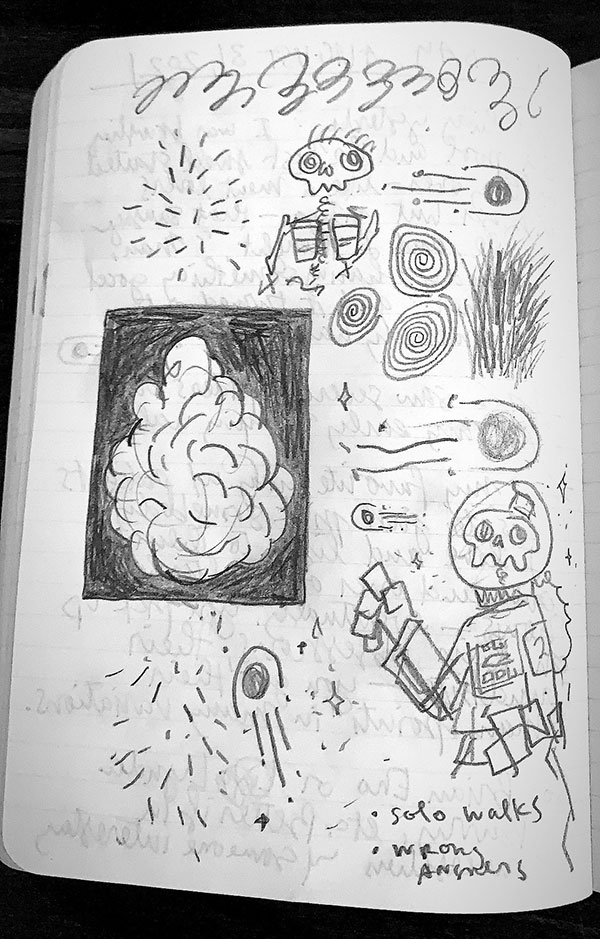
In a conversation with Cheryl Strayed about her book, The Secret to Superhuman Strength, the cartoonist Alison Bechdel said:
Something I thought about a lot as I was drawing this book is what a gloriously physical activity it is to draw. I draw for hours on end and it’s like an endurance exercise. There’s something physical that happens with that line coming out of my hand onto the page that is different from what I might type or do on the computer.
It is very embodied and I feel like drawing is a tracing of the world for me. I’m showing you what I’m seeing and then you’re holding it in your hands. It’s like this touch-based transmission.
For me, this fact is both the magic and the curse of comics.
One of the brutal realities for cartoonists is that drawing is such an embodied transmission that readers who are unfamiliar with your work might be initially repelled by your drawings and not be able to “get past” them to start turning the pages. (And, in fact, there really is no “getting past” the drawing of a comic — the drawing is the medium is the message.)
Comics is a labor-intensive medium, and the ratio of work put in by the maker vs. work put in by the reader is already super high. But because so much of the hand is in the work, it also has an initial visceral fail point, much like a podcast or a film: if the audience doesn’t like the narrator’s voice or the actor’s face, sometimes it’s adios before the story even begins.
This is one thing to be said for plain ol’ typeset prose: there’s very little right away on the page to repel the reader before they even dip into the work. Just words on a page, what do they say?
Now, keeping the reader reading, that’s hard no matter what medium you’re working in…